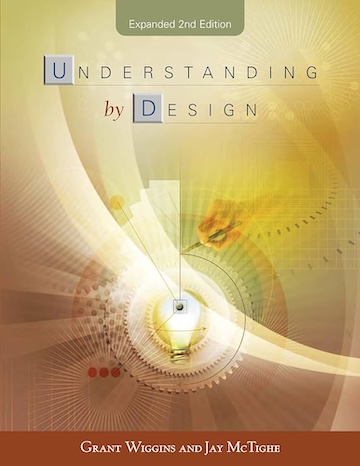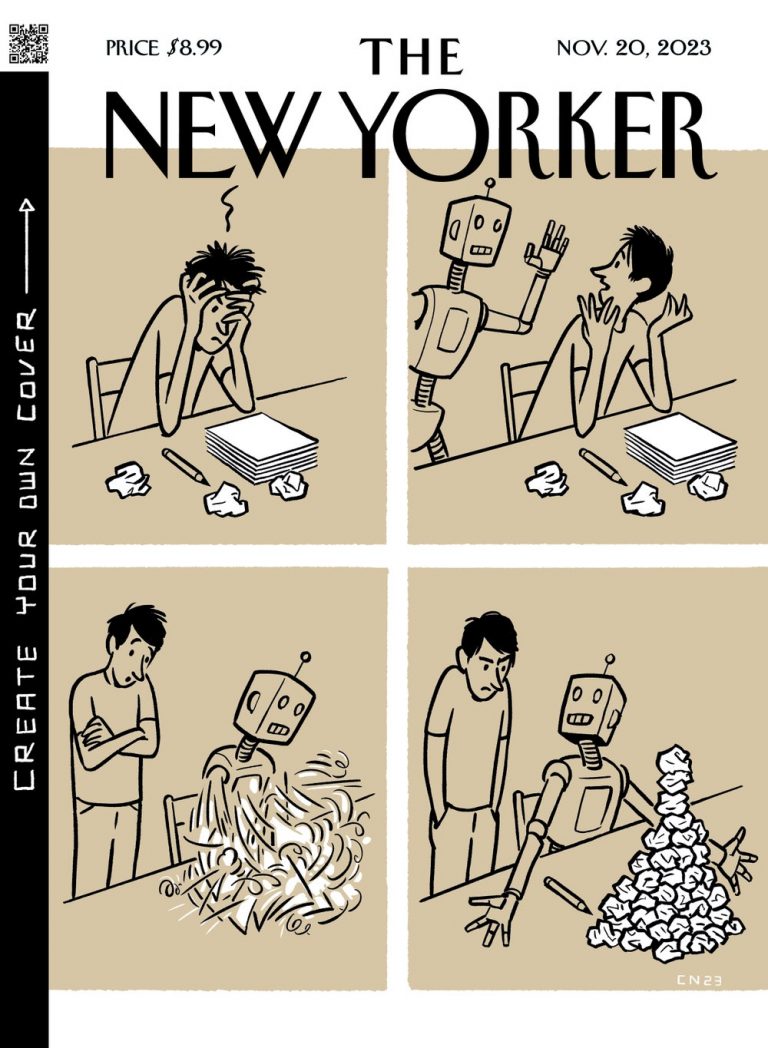Are you taking advantage of backward design for your courses?

Backward design, also known as Understanding by Design (UbD), is a method for designing learning experiences that you have probably encountered before. Here’s a bite-sized refresher on one of today’s most ubiquitous educational theories.
What is backward design?
Backward design involves three steps: first, you need to identify learning objectives, then decide how to assess students’ mastery of those objectives, and finally design learning activities that will prepare students for the assessments identified in the previous step. The framework was developed by Grant Wiggins and Jay McTighe in their book Understanding by Design, first published in 1998.
How can I start using backward design in my own course design process?
Check out our online course plan! You can make your own copy of this document and start filling it out to get the process rolling. We use this in our training for faculty who teach online, but you can use this for your course regardless of modality.
The first tab of the spreadsheet plan is for steps one and two of the backward design process. The second tab is for step three: planning your learning experiences and instructional activities and aligning them with the course goals, objectives and assessments (determined in steps one and two) to form your modules and bring everything all together.
As you work on mapping out your course in the second tab, keep the following guiding questions (adapted from Understanding by Design) in mind:
- What big ideas are embedded in your course goals? What will students need to really learn this?
- What big ideas underlie your module topics or emerge from studying them? Why are the topics of the course so important?
- Why are you having students read a particular text or use a particular resource? What big ideas do you want students to understand as a result?
- What will students need to understand to perform well on your proposed assessments?
- What kinds of evidence do you need to find hallmarks of course goals, including that of understanding? Does the proposed evidence enable you to infer a student’s knowledge, skill, or understanding?
- Given the goals, what performance tasks must anchor the unit and focus the instructional work?
- What specific characteristics in student responses, products, or performances should you examine to determine the extent to which the desired results were achieved?
Get more support
If you have any questions about backward design or are interested in a one-on-one design consultation with one of our instructional designers, please reach out to us at 617-824-8090 or ITG@emerson.edu!


